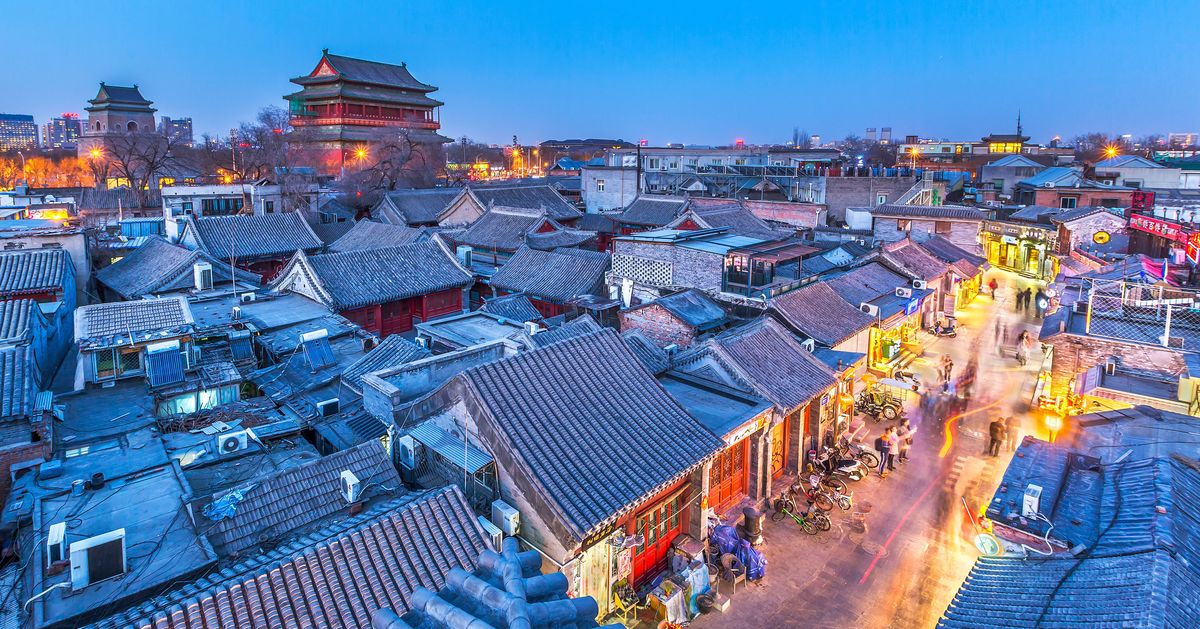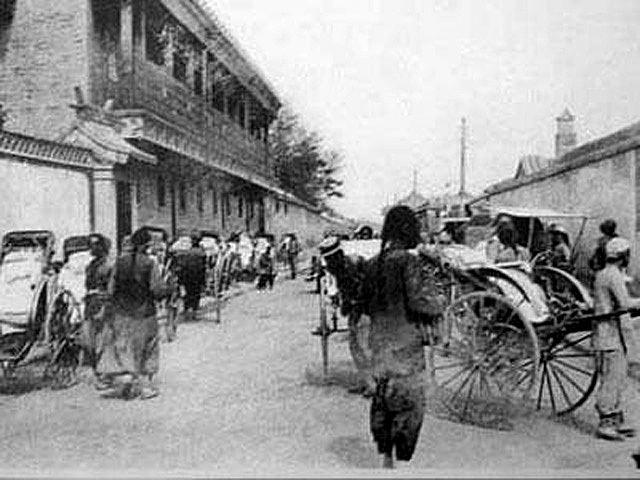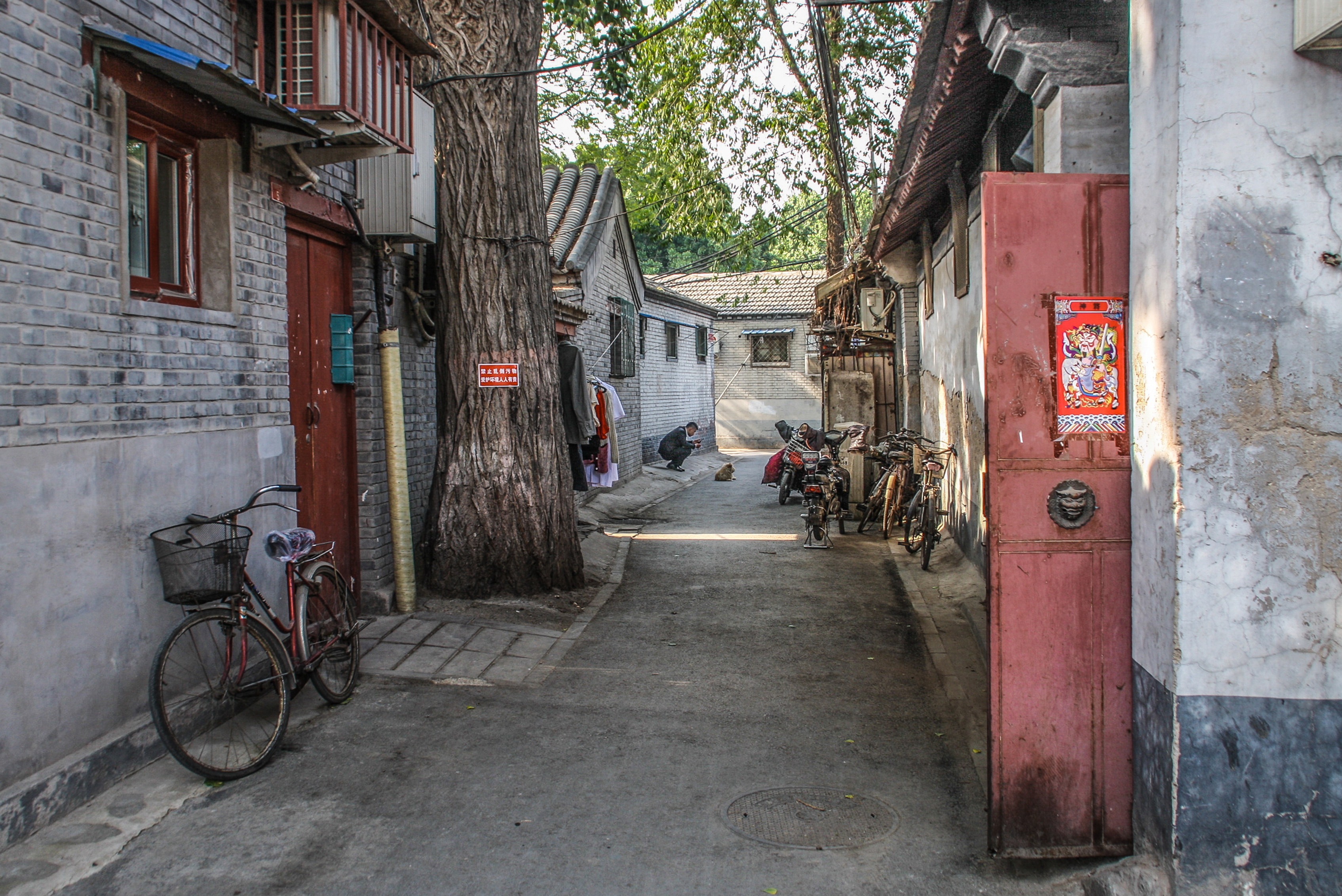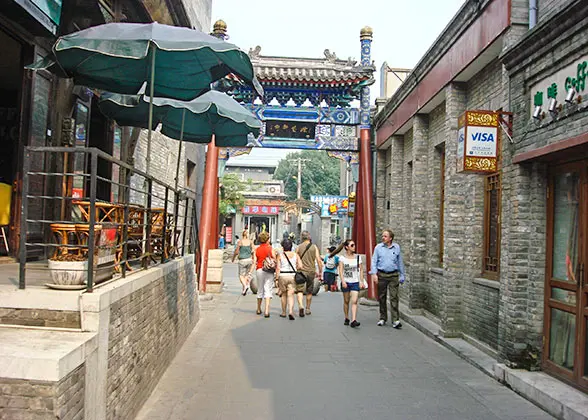Hello, fellow explorers and culture enthusiasts! Here at jusha.travel, we love sharing tips to make your China journey unforgettable. Today, we’re diving deep into the heart of Beijing to uncover one of its most captivating treasures: the ancient alleyways known as hutongs. If you’re planning a trip focusing on China history travel and seeking authentic cultural experiences Beijing has to offer, then understanding the Beijing Hutong History is absolutely essential. These traditional Beijing alleys offer a unique window into the city’s past and present, making them vital Beijing cultural attractions and a must-include in any Beijing travel guide. For more on essential cultural activities in Beijing, check out our guide.
Prepare to be charmed as we walk through history, explore vibrant communities, and discover why these narrow lanes are much more than just old streets—they are the living soul of Beijing.
🏙 The Enduring Legacy: Beijing Hutong History Unearthed

To truly appreciate Beijing’s hutongs, we must first journey back in time. The very word “hutong” is thought to derive from a Mongolian term meaning “well,” which makes perfect sense given that these narrow lanes often formed around communal wells introduced in 1267 during the Yuan Dynasty. It was during this period, when Beijing became the capital, that hutongs were systematically laid out, establishing a structured urban fabric that defined the city for centuries. You can delve more into their fascinating origins and development on Travel China Guide. For a deeper look at historical places in China like these, see our comprehensive historical guide.
The city planning of the Yuan period was meticulously organized, adhering to traditional Chinese values of balance and harmony. Main streets were wide (around 36 meters), side streets narrower (18 meters), and the hutongs themselves the most intimate, typically 9 meters or less. This arrangement created a hierarchical yet interconnected network that facilitated both grand processions and daily life. As Beijing grew through the Ming and Qing dynasties, the number of hutongs proliferated, organically developing around the traditional courtyard houses known as siheyuan, forming the distinctive checkerboard cityscape that once characterized much of Beijing. Many resources, including Architecture on the Road, eloquently describe how these alleys became the very soul of Old Beijing.
👤 More Than Alleys: Hutongs as Living Communities

While their historical significance is undeniable, the true magic of the hutongs lies in their role as vibrant, living communities. They are not merely architectural relics but places where generations of Beijingers have lived, worked, and forged deep connections. For travelers seeking cultural experiences Beijing style, strolling through a hutong offers an unparalleled glimpse into authentic local life. You’ll often see residents engaging in daily rituals—a game of mahjong by an open doorway, tai chi in a quiet courtyard, or simply neighbors chatting as they go about their day. This communal spirit fosters strong neighborly bonds, reflecting traditional Chinese values of togetherness, a sentiment beautifully captured by Travel China With Me. For more insights into similar historical wonders like Xi’an’s Terracotta Warriors, refer to our exploration.
Historically, some hutongs served practical functions beyond residential living. For instance, Lumicang Hutong was a vital center for grain depots, ensuring food supply for both the imperial court and everyday citizens—a testament to the multifaceted nature of these alleyways.
🏨 Navigating Beijing’s Iconic Hutongs

For visitors exploring Beijing, certain hutongs stand out for their unique charm and attractions. Incorporating these into your Beijing travel guide will significantly enrich your journey:
- Nanluoguxiang (南锣鼓巷): This hutong is a vibrant blend of old and new. Lined with unique boutique shops, trendy cafes, and traditional eateries, it buzzes with a creative, youthful energy while retaining its historical layout. It’s a great place to pick up souvenirs and sample local snacks. China Explorer Tour highlights its lively atmosphere.
- Yandaixiejie (烟袋斜街 – “Tobacco Pouch Street”): One of Beijing’s oldest hutongs, Yandaixiejie is famous for its charming, preserved architecture, antique shops, and traditional craft stores. It’s a perfect spot to soak in the historical ambiance and find unique gifts.
- Shichahai (什刹海): This picturesque area isn’t a single hutong but a collection of hutongs surrounding three scenic lakes. It’s ideal for leisurely walks, boat rides, and exploring historic residences. Many traditional courtyards have been converted into charming restaurants and bars, offering a unique dining experience. It provides a deeper dive into the traditional Beijing lifestyle. If you’re eager for more hutong-focused experiences, explore our dedicated food tour in Beijing’s hutongs.
While these famous lanes can get crowded, especially on weekends, they still offer an authentic glimpse into the daily rhythm and traditional lifestyle that define the Beijing Hutong History. You can explore these and other hidden gems by learning How To Explore Hidden Beijing Hutongs Like A Local 2025. For a must-see companion attraction in Beijing, don’t miss the Forbidden City.
🏚 The Architecture: Siheyuan and Urban Harmony

The essence of the hutongs is inextricably linked to the siheyuan, the traditional courtyard residences that form their core. These homes are more than just buildings; they are a profound expression of Chinese culture and philosophy. Built around a central courtyard, oftentimes with a single entrance, they offered privacy, tranquility, and a secure space for families to live together across generations. This architectural form emphasizes principles of order, balance, and harmony—values that have been central to Chinese civilization and urbanism for millennia. The siheyuan reinforced familial and cultural continuity, fostering a close-knit community within the narrow confines of the hutongs. For an in-depth understanding of this urban harmony, Architecture on the Road offers excellent insights.
📈 The Future of Beijing’s Past: Preservation and Transformation
Sadly, the rapid modernization of Beijing has led to a significant decline in the number of hutongs. From approximately 3,000 in the 1950s, only around 1,000 remain today. This dramatic shift highlights the urgent need for preservation efforts, as these neighborhoods represent an irreplaceable part of Beijing’s living history and cultural memory. These efforts are crucial not only for locals but also for visitors seeking Beijing cultural attractions that offer a genuine connection to the city’s past.
Today, the surviving hutongs are not only protected but have also become major tourist destinations, offering immersive opportunities to experience authentic Beijing culture, architecture, and traditional culinary scenes. They provide a poignant contrast to the modern skyscrapers that dominate much of Beijing’s skyline, serving as a vital link to the city’s rich heritage. Exploring these traditional Beijing alleys is a powerful way to engage with the city’s dynamic evolution.
A deeper dive into the culture of Beijing’s hutongs can be found on Cathay Pacific’s guide.
Exploring Beijing’s hutongs offers profound insight into the city’s past and present, showcasing both the resilience of ancient urban planning and the enduring vibrancy of local community life. From their Yuan Dynasty origins to their modern-day cultural significance, hutongs remain a living testament to Beijing’s historical evolution and its distinctive charm. This journey through the Beijing Hutong History is undoubtedly one of the most rewarding aspects of China history travel.
Have you had the opportunity to wander through Beijing’s hutongs? What was your favorite discovery? Share your thoughts and experiences in the comments below! For more captivating articles and tips on making your China journey unforgettable, visit jusha.travel.


[…] blend of history, beauty, and inspiration. For more Beijing historical insights, explore this related post. Whether you’re marveling at its architecture or reflecting on imperial stories, a visit here […]